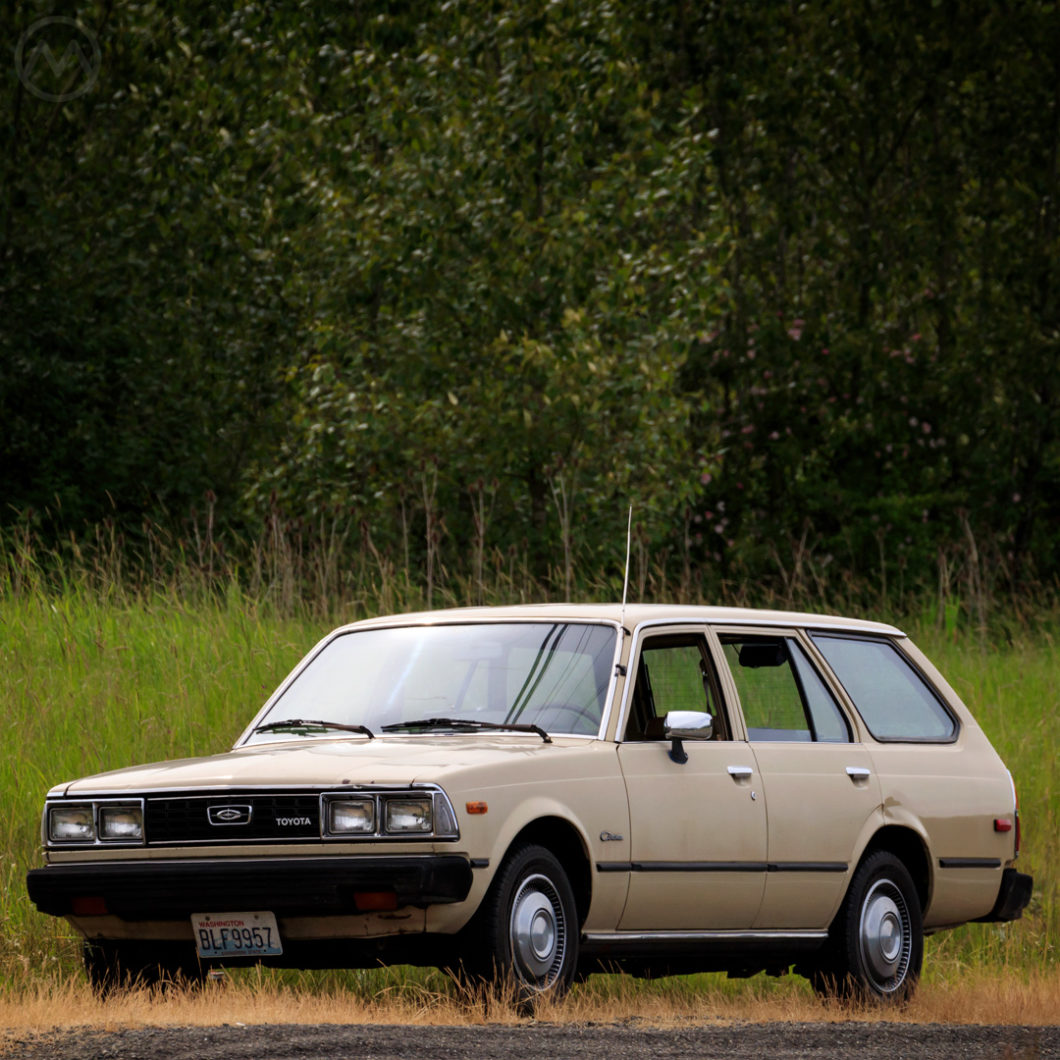Before Camry, there was Corona. Of course, after Camry, there was still Corona – indeed, the name continued into 2001, but you couldn’t get those later Coronas in the USA. In the early 1970s multiple forms of Corona, and the related Carina, were sold in America but rationalization soon took hold – at least at U.S. showrooms.
Although it wasn’t the first Toyota imported to the U.S., the Corona put Toyota on the map for many Americans. In its first year – 1965 – it tripled Toyota’s U.S. sales (to ~21K) and more than tripled that figure by 1968 (~73K), the year the Corolla arrived. The Corolla would prove even more popular – doubling Toyota’s U.S. sales year over year and pushing the brand to 300K+ sales a year by the early 1970s with the help of the Celica.
Both the Corolla and the Celica gradually outshined the Corona in the 1970s – but it was still cementing Toyota’s rep for reliable family cars.
All through that decade both Corolla and Corona got ever so slightly larger with each redesign. Both were small compared with their U.S. domestic equivalents, but the Corona was evolving into a proper mid-size car by Japanese standards.
The reason for the growth? In Japan, an ever-broadening base of consumers dictated a vast array of trim and equipment choices and tangentially related models – Carina, Corona Mark II, etc. Each car was bigger and better than the last, if only slightly larger physically – and with more and more Japanese customers buying cars there were more and more choices.
In the U.S. things were simpler, particularly after the confusion created by offering the Corona, Carina, and Mark II in the early 1970s. By 1974 only the regular Corona remained. The final stateside Corona was the T130, introduced in late 1978 as a 1979 model.
The T130 Corona
In Japan, the T130 Coronas came in four bodies including a hardtop coupe, but for the U.S., the coupe and 2-door sedan were dropped with this redesign as Toyota sharpened it’s focus on family cars – a 5-door hatch replaced them.
The T130 was a little bigger in every dimension, and it also now shared some additional components with the Celica like the rear suspension on all but wagons – which retained leaf springs. Curiously the wagon grew the least, dimensionally, of any of the T130s vs. their predecessors.
The new Corona was pricier than a Ford Fairmont but about even with Honda’s Accord. Many people flocked to both irrespective of their pricing, although in this era mid-size cars in the U.S. were still dominated by GM.
Aside from relatively weak rust protection, the Corona was built to be durable and user friendly, and customers found it was a high quality experience. In the U.S. it came only with the tough 20R 2.2L four in 1979-80, graduating to the 22R for ’81-’82, mated to manuals or, more frequently, automatics.
Globally, the car was much more varied – 13 different powerplants were available in different markets, and the T130 was also assembled in Australia, New Zealand, and Indonesia.
“Oh What a Feeling!” Sorta.
The Corona came along just as Toyota launched its “Oh What a Feeling!” campaign, and while few people got excited over the Corona’s performance, many repeat customers were born of its reliability.
The rear-drive Corona looked increasingly old compared to newer front-drive entries – particularly the Accord, so when it came time to replace it Toyota USA chose the front-drive V40-series Camry as a successor in 1983. After a slightly slow start, the Camry as we know became a best-seller.
Although the Camry replaced it in the U.S., the Corona name continued on in other markets, at first with rear drive and then later with front-drive as Carina/Camry/Corona platforms sort of blended together. Nor was the Camry an entirely new name – it too was an outgrowth of sharing pieces with the Celica and Toyota’s vast JDM lineup, where the first Camry had been called the “Celica Camry” and been rear-drive.
The Corona and Carina never returned to the U.S. and gradually shrank in the JDM and European markets, and faded away in 2001.

